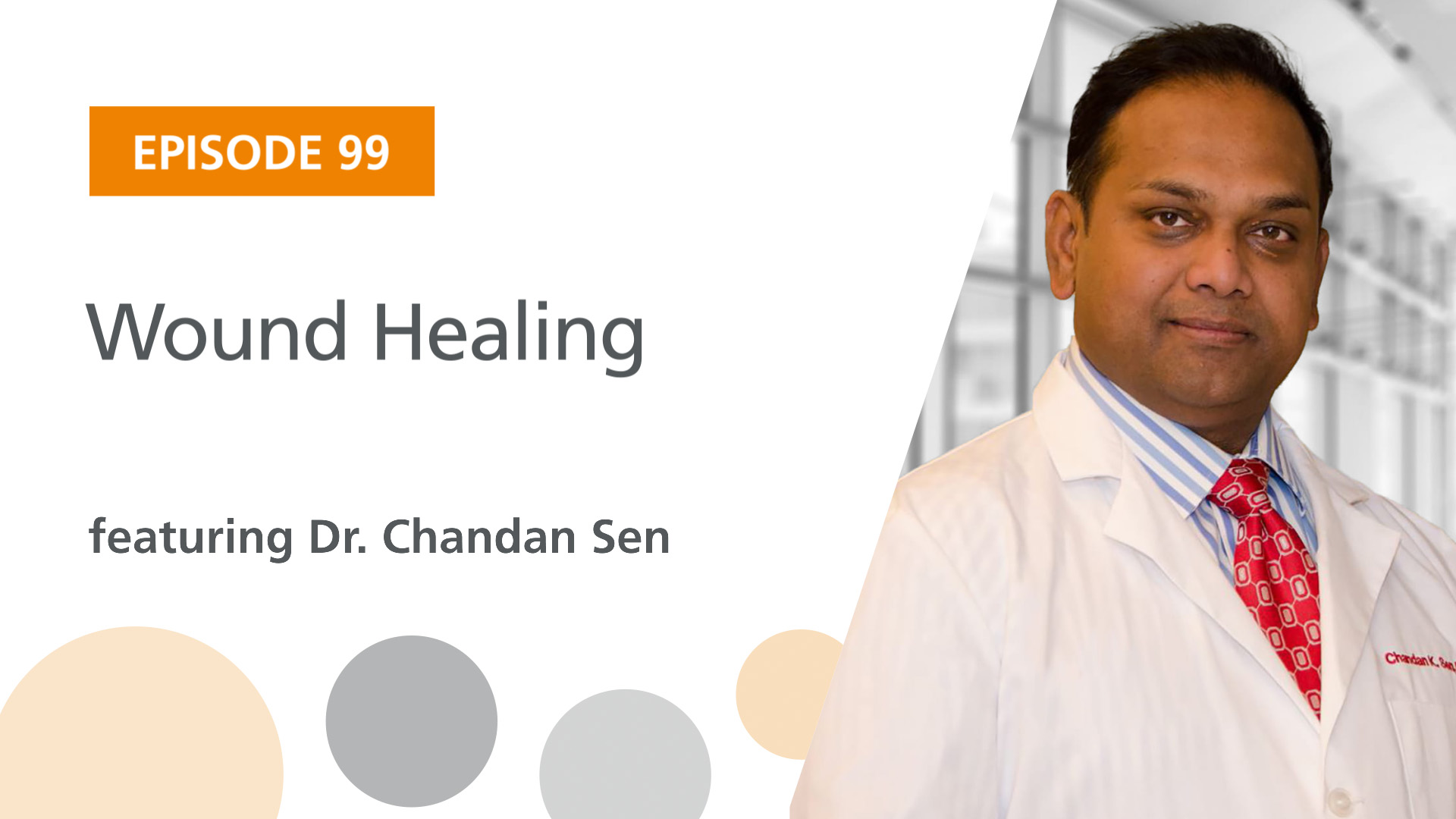
Podcast: Play in new window
Guest:
Dr. Chandan Sen is Professor and Vice Chair of Research, Department of Surgery at The Ohio State University Medical Center. Dr. Sen’s program is focused on tissue injury and repair. His group works across small and large animal models, to human and patient-based research.
Resources and Links
Embryos Kill Off Male Tissue to Become Female – A protein called COUP-TFII is necessary to eliminate male reproductive tissue from female mouse embryos.
How an Itch Makes Its Way to Your Brain – Scientists have found the spot in your brain that makes you itch when others scratch.
A New Tool to Improve Lyme Disease Diagnoses – This article reports that a new testing method can distinguish between early Lyme disease and a similar tick-borne illness.
Gene Editing Creates Virus-Free Piglets – Researchers used molecular scissors known as CRISPR/Cas9 to snip embedded viruses out of pig DNA.
Stem Cells May Be the Link Between Bacteria and Cancer – An interdisciplinary research team at the Max Planck Institute in Berlin in collaboration with researchers in Stanford, California, have now discovered that the bacterium Helicobacter pylori sends stem cell renewal in the stomach into overdrive – and stem cell turnover has been suspected by many scientists to play a role in the development of cancer.
Stem Cells to Solve Hair Loss? – Researchers from UCLA have found a way to successfully reactivate stem cells in dormant hair follicles to promote hair growth in mice.
Estrogen Receptor Stem Cells Found in Mammary Glands – Researchers have now identified a novel lineage-restricted stem cell in the mammary gland which in the future, will be used to assess whether the clinical heterogeneity observed in breast cancers arises from their different cancer cell of origin.
Vitamin C Could Help Kill “Faulty” Blood Cancer Stem Cells – According to this article, vitamin C may ‘tell’ faulty stem cells in the bone marrow to mature and die normally, instead of multiplying to cause blood cancers.
Photo Reference: Courtesy of Dr. Chandan Sen

